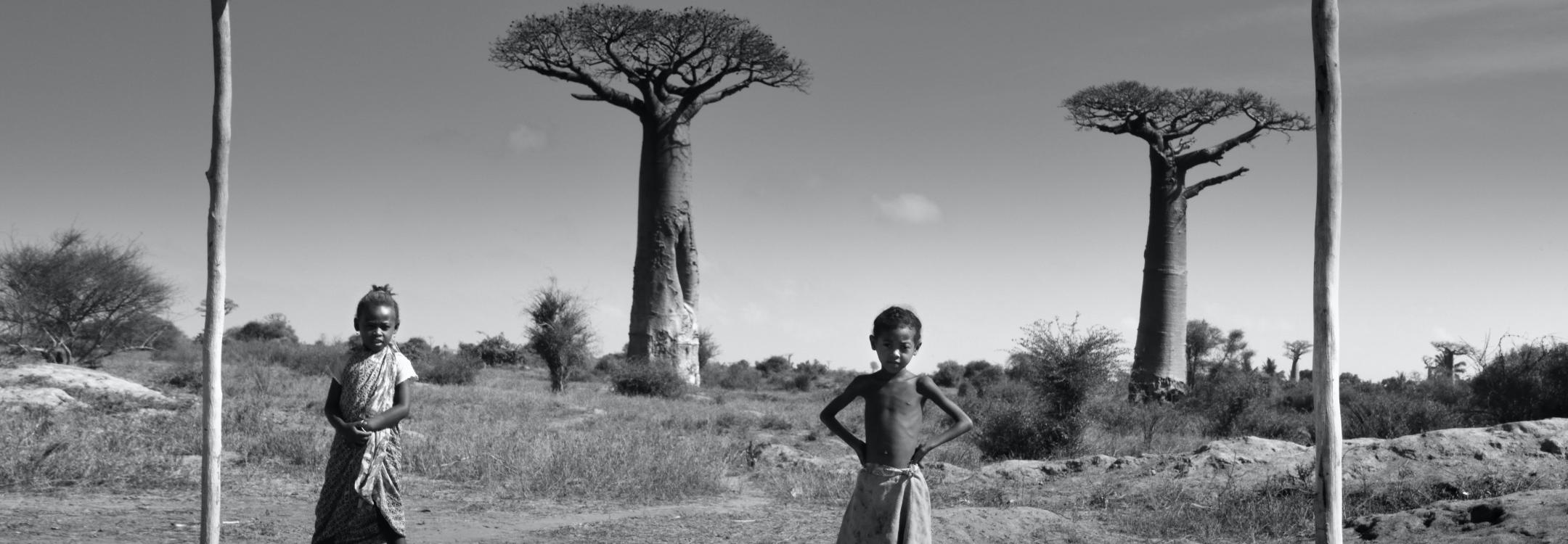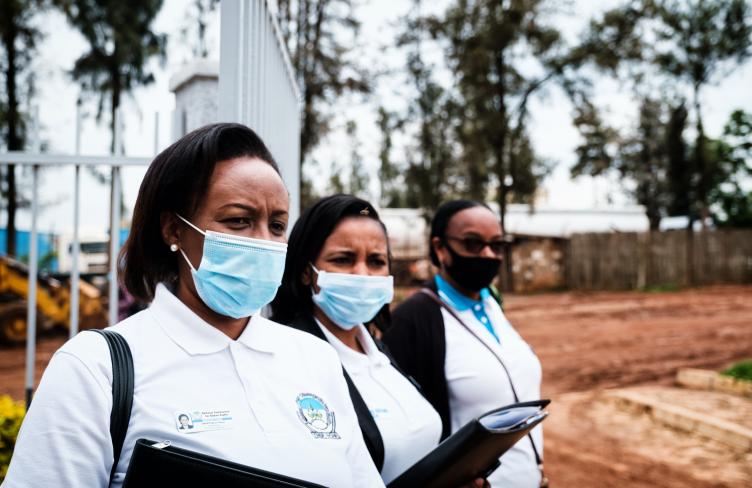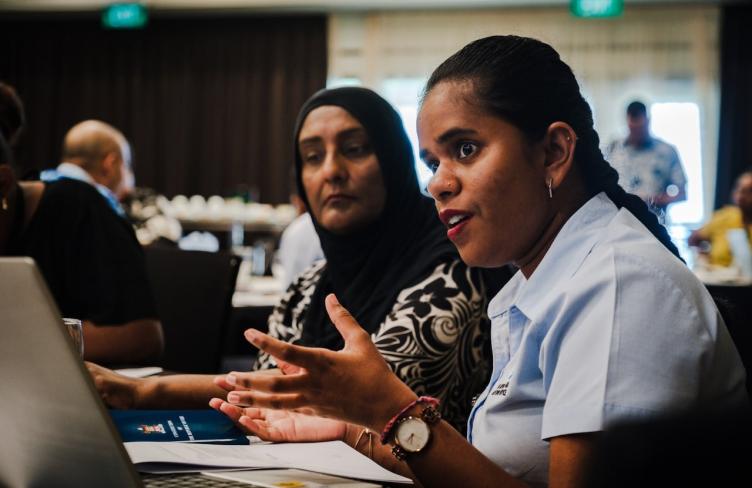
Contrasting feelings, questions and hidden assumptions – this is what came up at a recent training workshop, when participants from African National Human Rights Institutions stepped into the shoes of a torture victim and experienced how it feels to be interviewed by a human rights investigator.
In April 2013, the APT and the Network of African National Human Rights Institutions (NANHRI) organised a training workshop on “Investigating Allegations of Torture”. More than thirty representatives from different African NHRIs had come to South Africa to work on improving, among other things, their interview skills. In a role play exercise we wanted the investigators to get a better understanding of what it is like to be interviewed.
This is what happened:
The exercise was based on a case study used throughout the workshop. “AG”, a market vendor, has been arbitrarily arrested and tortured by police officers. “AG” is now suffering from serious physical and mental disorders and is no longer able to work or to pay for health care. “AG” has come to the National Human Rights Institution in his country to ask for help to pay the medical bills.
The workshop participants were divided in groups of three. One person played the role of “AG”, one of the NHRI investigator, and the third was an observer. The groups were asked to play out the interview scene and then discuss their impressions and observations. What kind of information did the investigators obtain during the interview? What was missing? Why?
“Being in the victim’s shoes was difficult but it helped me understanding how words and attitudes can easily make the victim feel under interrogation and unleash re-traumatization”
The experience of the people who played the role of the torture victim, “AG” was mixed. Some felt unheard, uncomfortable, under pressure or mistrusted. These “AGs” said that they held back key information.
Other “AGs” had a different interview experience. They appreciated the interviewer’s conduct – especially the fact that they were never interrupted and were allowed to tell their story. They said they felt at ease and reassured when the interviewers introduced themselves and explained the purpose of the interview and what the NHRI could or could not do for “AG”.
Some investigators made the victim aware of the right to obtain adequate redress, which – according to the UN Committee Against Torture – goes beyond compensation and include also rehabilitation, restitution, satisfaction, and guarantees that the act of torture or ill-treatment will not be repeated.
The conclusion of the exercise was that interviewing a victim of torture is not an easy task, even for experienced investigators. Balancing the necessity of obtaining appropriate and useful information and the importance of respecting the needs of the person being interviewed is probably one of the greatest challenges. How to assess and be impartial while being sensitive and empathetic? How to maintain professional boundaries and at the same time acknowledge pain and distress?
The main reference tool on investigating allegations of torture, the Istanbul Protocol, states that information is certainly important, but the person being interviewed is even more so, and listening is more important than asking questions.
African NHRIs are often the first and sometimes the only direct point of contact for torture victims, especially where no other complaint mechanism is available or effective. Therefore, they have a key role to play, not only in investigating allegations of torture but also in conducting monitoring visits to places of detention. This will be the theme of the next activity of the APT-NANHRI project on “Reinforcing the role of African NHRIs in the prevention of torture”.
Watch a role play on interviewing a detainee, from Preventing Torture - an operational guide for National Human Rights Institutions:
5: Role play - Interviewing a person in a place of detention from APT Geneva on Vimeo.


